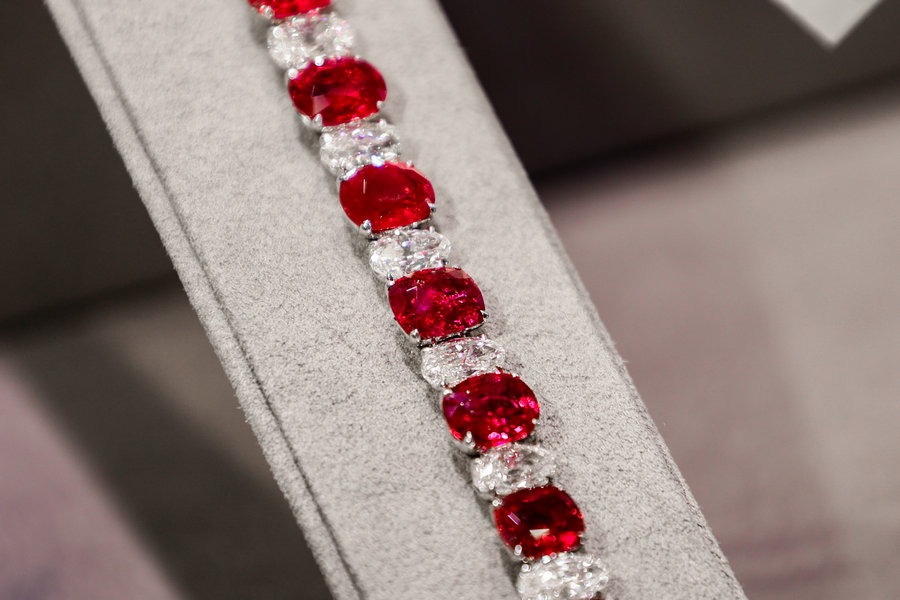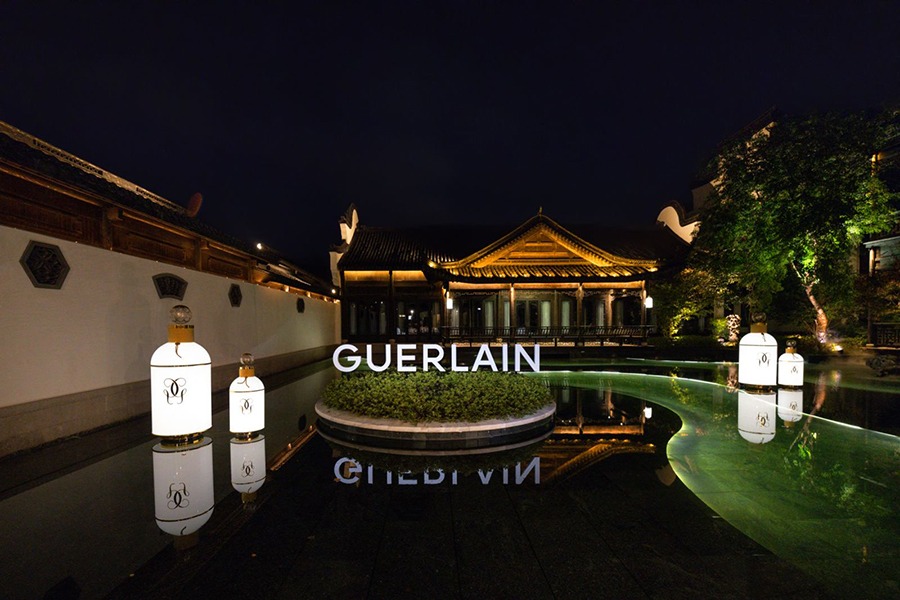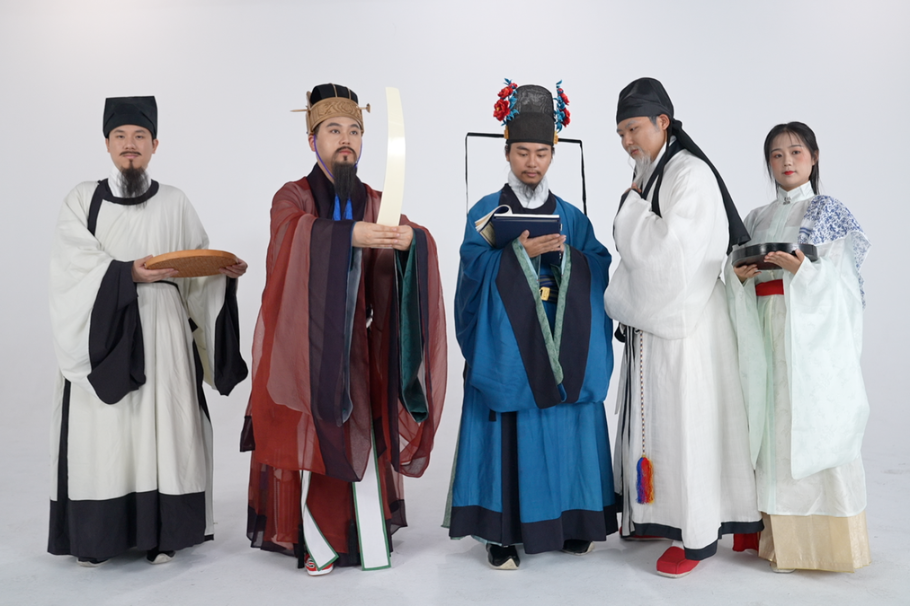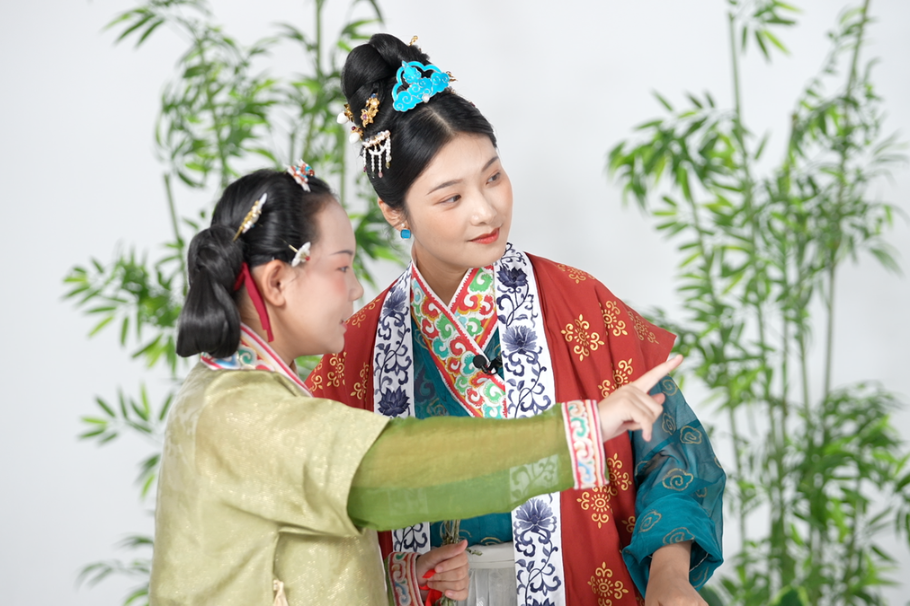Young Xinjiang artists shape modern culture
Beats, threads, and bold ideas: Xinjiang's next generation is turning local culture into a dynamic, trendsetting youth movement, Gui Qian reports.

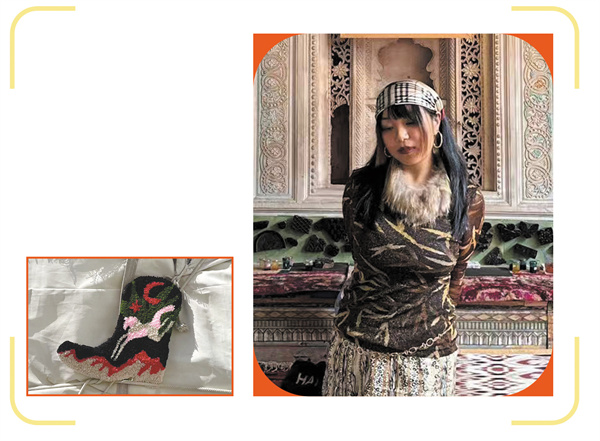
To him, the global appeal of Chinese rap also lies in the language itself.
"Unlike English, French, or Spanish, Chinese operates within a completely different linguistic system," he explained. "With precise pronunciation, we can create a smooth flow, convey more meaning in fewer words, and use our syllable-based structure to develop unique rhythmic styles — all of which leave a fresh impression on international listeners."
Although deeply rooted in Uygur culture, SHarK does not deliberately emphasize ethnic elements in his music. Instead, he seeks to blend diverse influences to create a sound that is highly personal, experimental, and fashionable.
He sees this attempt to break free from ethnic labels as both his personal challenge and the biggest hurdle facing Xinjiang's youth culture — what he calls its "dependence on labels", or an overreliance on traditional symbols.
He believes young people in Xinjiang should draw inspiration from ancient and regional cultures while also creating new cultural symbols that reflect the present era.
"Xinjiang's youth scene will be even more vibrant when it's recognized simply as 'youth culture', not 'Xinjiang's youth culture'," he said. "The essence of trends lies in exploration, innovation, and progress."



















